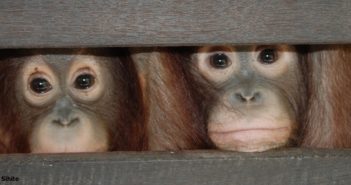
Renewed Game Plan Needed to Tackle Southeast Asia’s Wildlife Trafficking Problem
The scale of wildlife trafficking in Southeast Asia is incredible and a renewed game plan is needed to combat it, says a new report released yesterday.

The scale of wildlife trafficking in Southeast Asia is incredible and a renewed game plan is needed to combat it, says a new report released yesterday.
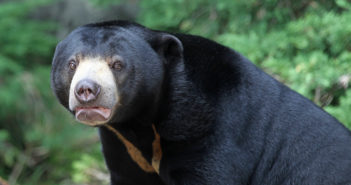
Despite being illegal, bear-based products were found in 69% of surveyed Traditional Chinese Medicine shops in Malaysia.

A study has identified the world’s top 20 shark and ray catchers and traders, who catch almost 600,000 metric tonnes of sharks and rays each year.

There has been no respite for the heavily hunted tiger, with an estimated average of over 120 individuals seized each year over the past 19 years, a new report revealed today.
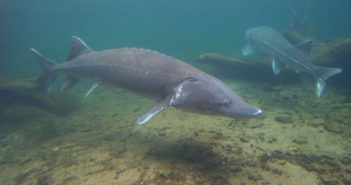
With caviar trafficking driving endangered sturgeon and paddlefish species towards extinction, a collaborative study highlights the role of corruption in facilitating the illegal trade and recommends how corruption at the heart of wildlife crime across the globe can be addressed.
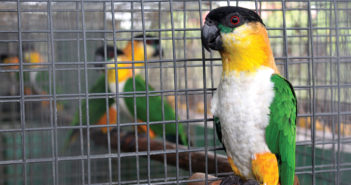
The substantial reduction in most South American urban markets that were formerly major illegal bird trade hubs is a major conservation achievement in recent decades, with millions of birds saved as these local markets collapsed.

In a three-day event that brought together over 100 participants, representing 60 organisations across 21 countries, participants demonstrated that behavioral change science holds the potential to be a game changer within wildlife conservation.

Close to three tonnes of pangolin scales went up in flames on December 6th in Petaling Jaya, Malaysia, as authorities incinerated several illegal shipments seized in 2017—a record year for pangolin scale seizures in Malaysia.
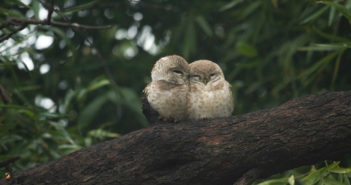
Significant numbers of owls are being illegally trapped and sacrificed each year in India to supply rituals and ceremonies marking annual Diwali celebrations. While the exact number of owls traded domestically is unknown, estimates place the figure in the thousands.
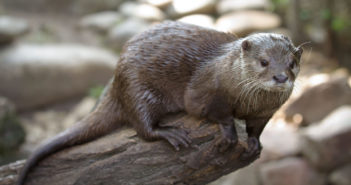
A boom in demand for otters as pets in Japan has been linked to rising numbers of “otter cafés,” high-profile television programs featuring otters and celebrities, and the popularity of otter pet “superstars” on social media platforms.